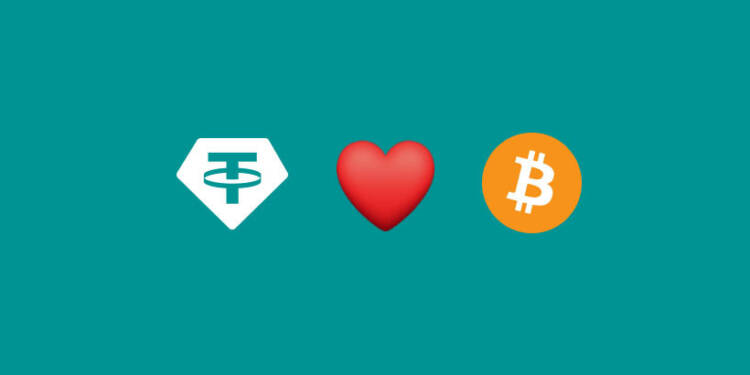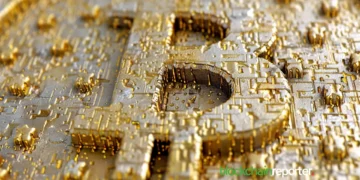The global stablecoin giant, Tether, is taking a new direction with its reserve strategy by turning its attention towards Bitcoin (BTC) – the world’s most substantial cryptocurrency by market cap. The company has declared it will now regularly set aside a percentage of its profits for the purchase of BTC, adding it to the assets backing its stablecoin.
Tether Plans To Invest Up To 15% Of Its Profits
In a shift away from U.S. government debt, Tether has disclosed intentions to channel a maximum of 15% of its profits into acquiring Bitcoin, demonstrating a fundamental change in their investment approach. The company will assume complete control over the management of its Bitcoin assets.
At the conclusion of Q1, Tether’s Bitcoin holdings were reported to be around $1.5 billion, making up roughly 2% of its total reserves. The lion’s share of the firm’s reserves, about 85%, is held in cash and equivalents including short-term deposits, with Treasury bills being predominant.
The new investment path comes on the heels of Tether’s recent financial report, which showed a healthy net profit of $1.5 billion for Q1. The company is looking to consistently bolster its Bitcoin holdings through regular investments. However, it anticipates that both its existing and future Bitcoin reserves will fall within the Shareholder Capital Cushion and serve to diversify its reserves even further.
Tether’s interest in Bitcoin is fueled by the cryptocurrency’s extraordinary returns in the past decade – a staggering 22,000% increase. Despite Bitcoin’s current trading price of around $26,750, which is roughly 60% lower than its 2021 peak, Tether remains optimistic about its investment value.
Tether Views Bitcoin As A Long-Term Investment Opportunity
The firm’s strategy of acquiring Bitcoin intends to strengthen and diversify its stablecoin reserves while capitalizing on potential future price increases of Bitcoin.
Tether’s Chief Technology Officer, Paolo Ardoino, emphasizes that Bitcoin is a long-term investment. The firm will only use actual profits from its investment activities to buy BTC, excluding any unrealized capital gains. It will only consider the actual returns from its operations, including the difference between the purchase price and the net revenue from an asset sale. In the case of assets reaching maturity, such as Treasury bills, it’s the difference between the cost of acquisition and the returned amount.
Ardoino stated, “Bitcoin has consistently demonstrated its durability and has established itself as a long-term store of value with significant growth potential. Our investment in Bitcoin is not just a way to improve our portfolio’s performance, but also a means to align ourselves with a groundbreaking technology.”
Tether has also shown interest in sectors like communication systems, energy, and Bitcoin mining infrastructure, aside from its primary investments. Despite criticisms over the years regarding reserve transparency and questionable investment choices, Tether’s flagship token, USDT, stood strong during the regional banking crisis in the U.S. in March.
The crisis significantly impacted Circle’s USDC, the second-largest stablecoin. The sudden downfall of Silicon Valley Bank (SVB) led to a temporary freeze of some of USDC’s cash reserves over a weekend, causing a ripple effect that made several stablecoins momentarily lose their dollar peg.
However, Tether emerged resilient from the crisis, maintaining its price stability largely due to its perceived detachment from U.S.-based banks, thanks to its incorporation in the British Virgin Islands and Hong Kong. This year, USDT’s circulation has seen a 24% growth while most of its competitors have experienced significant outflows.























